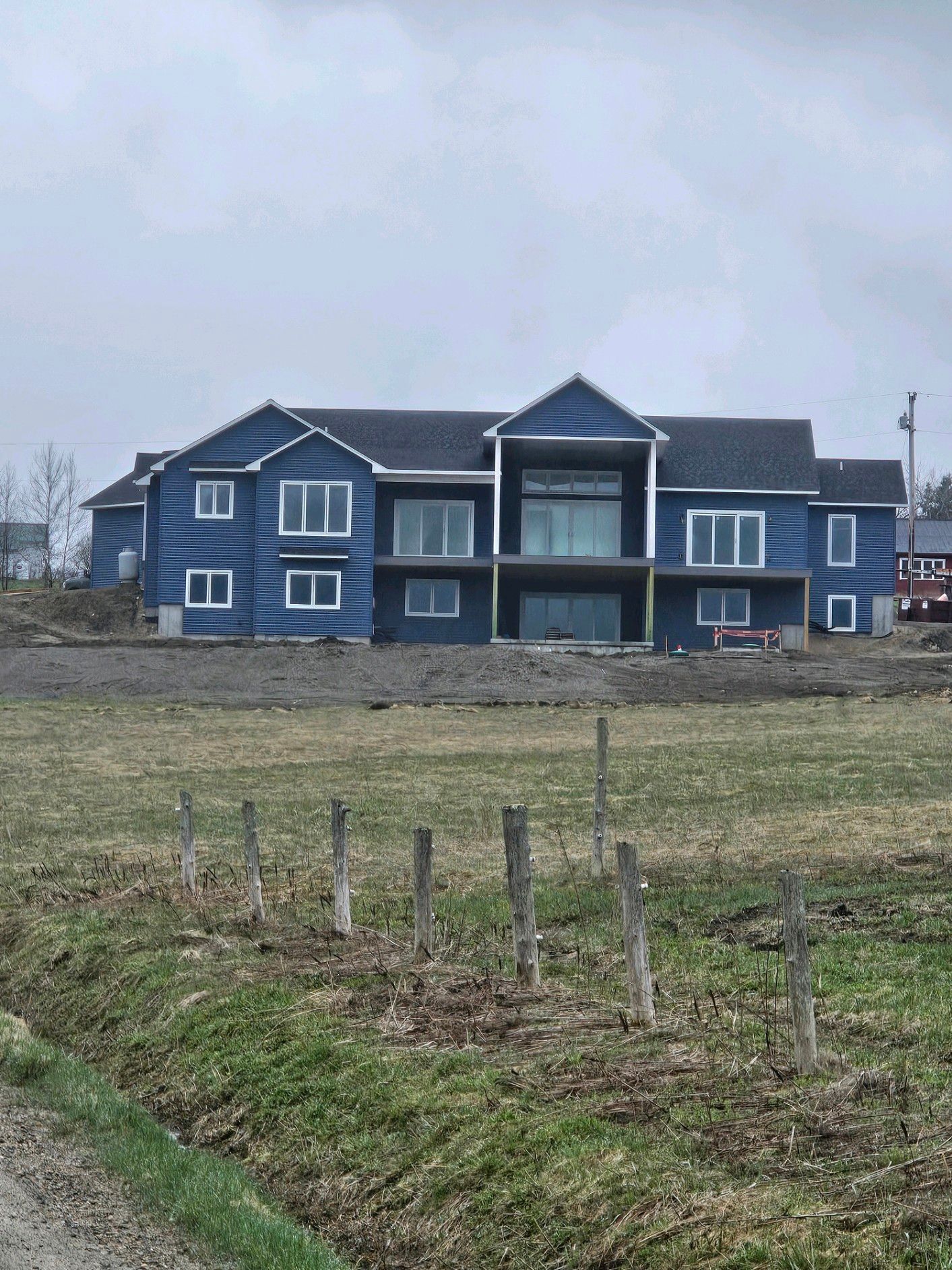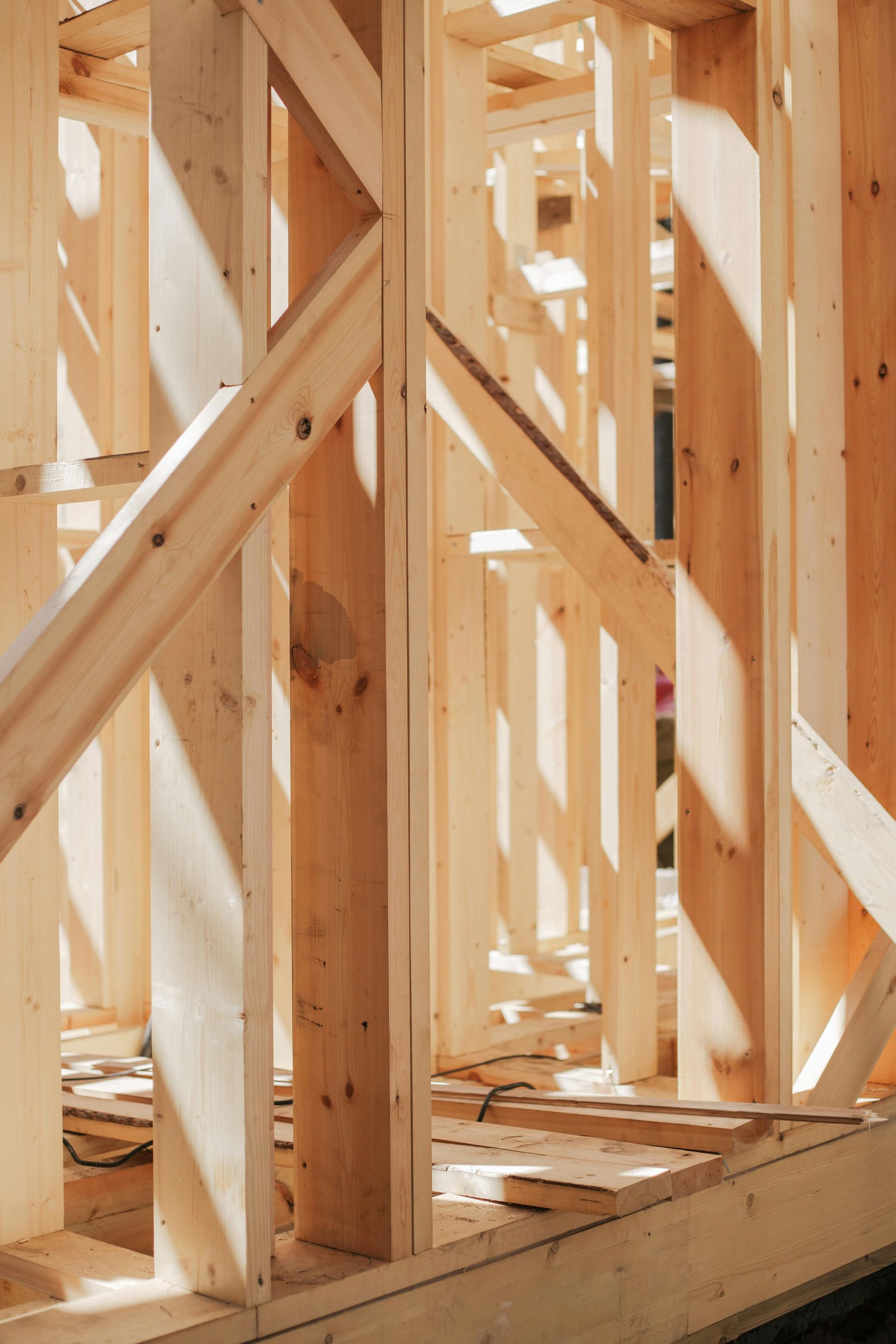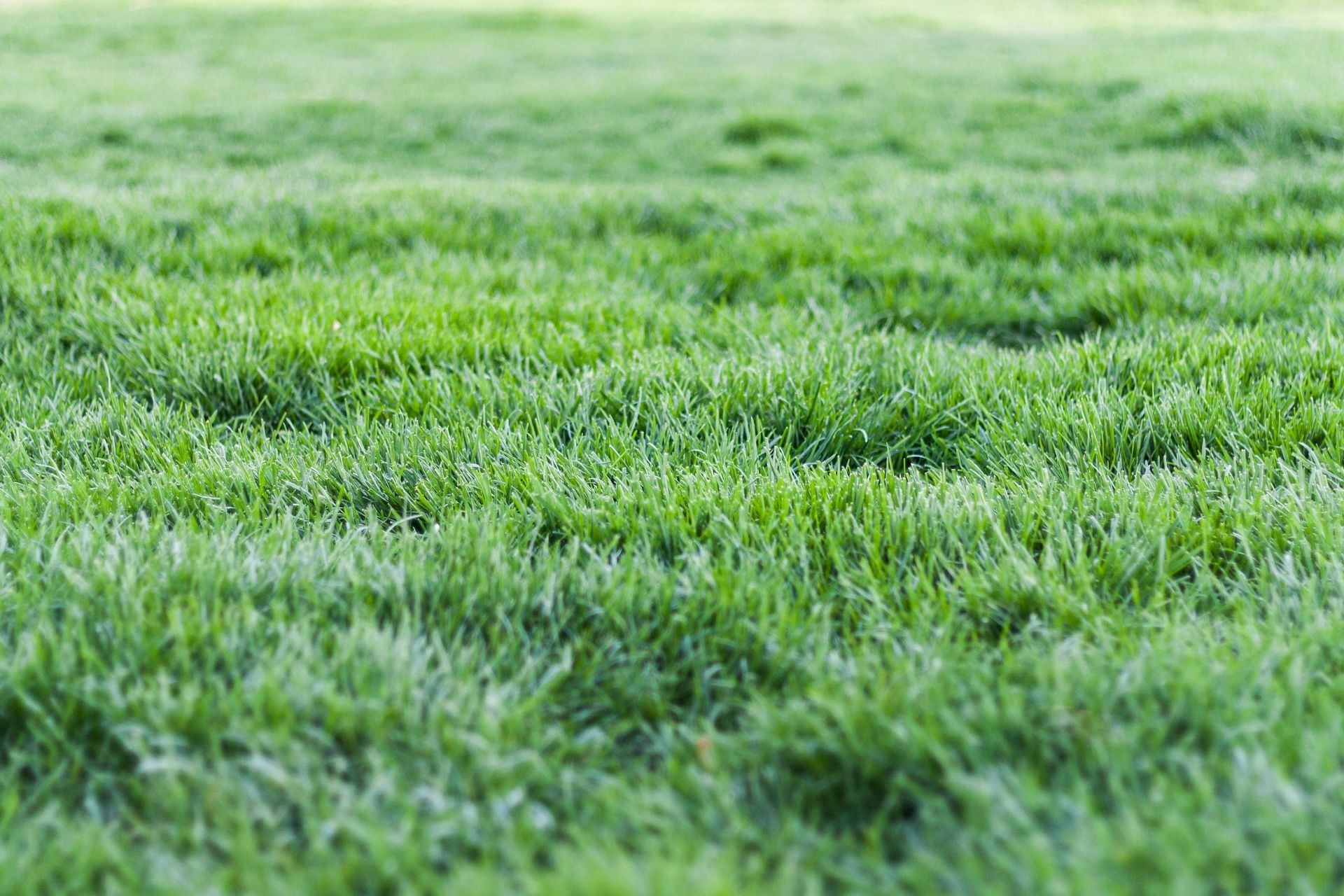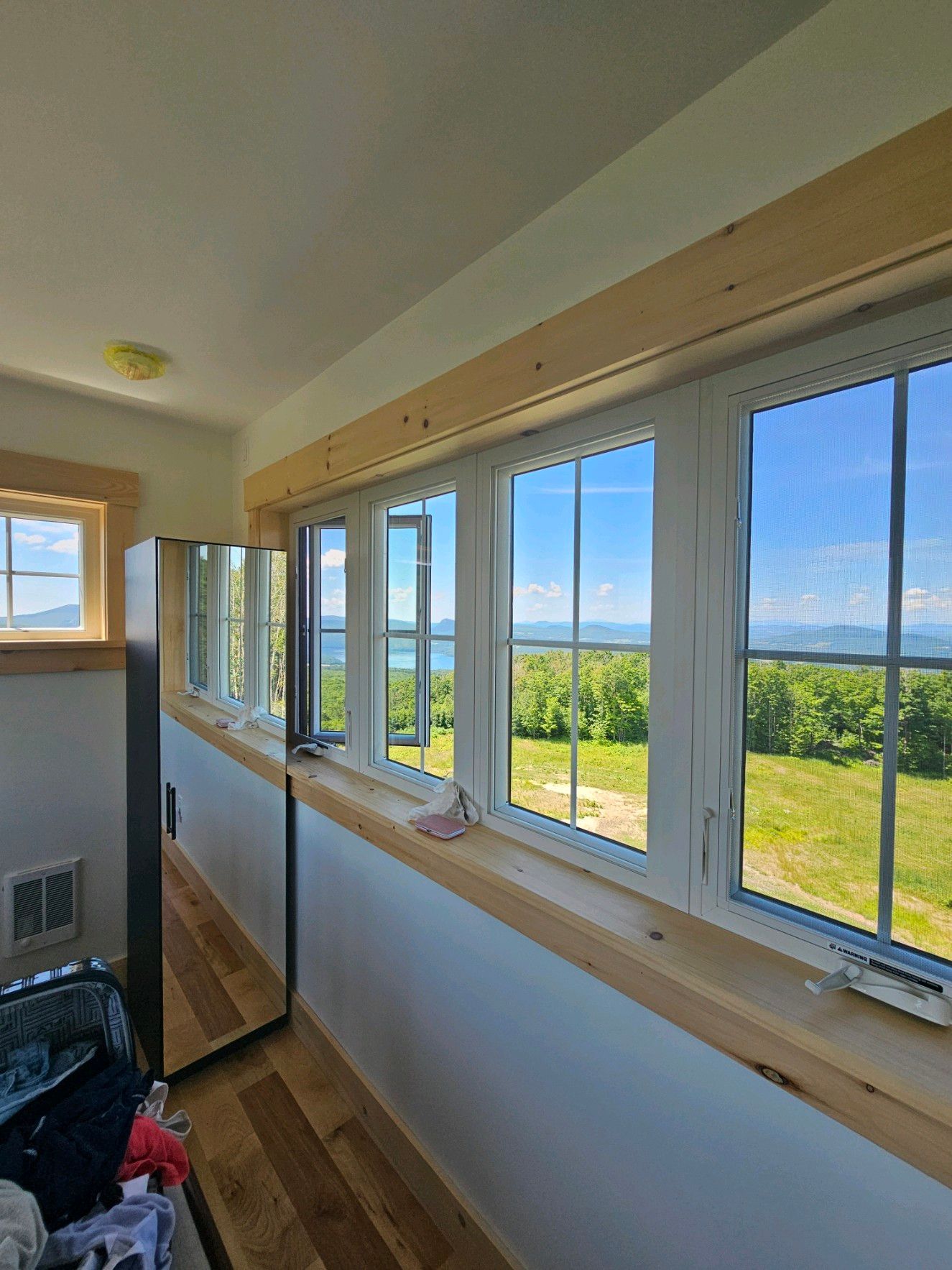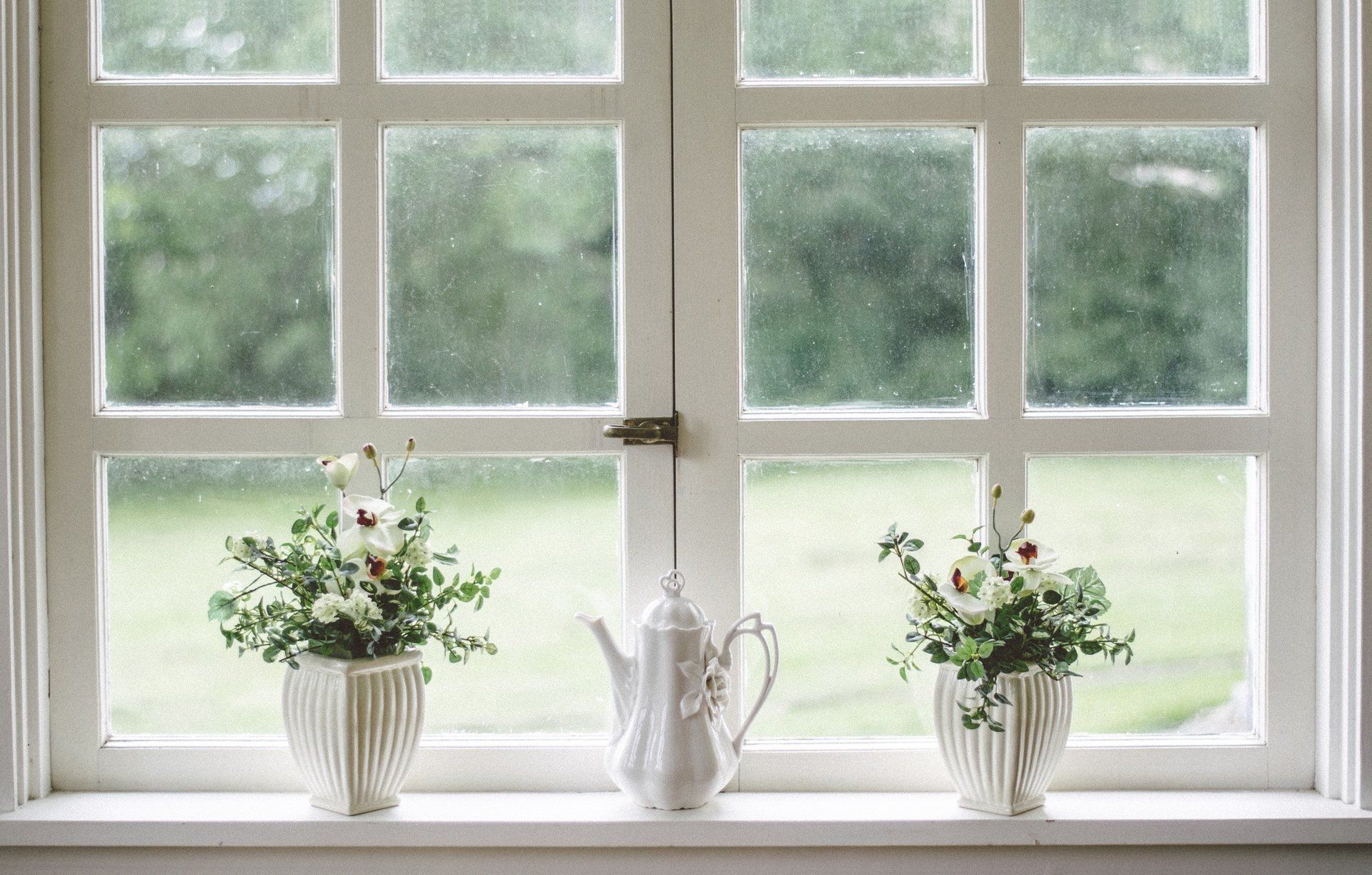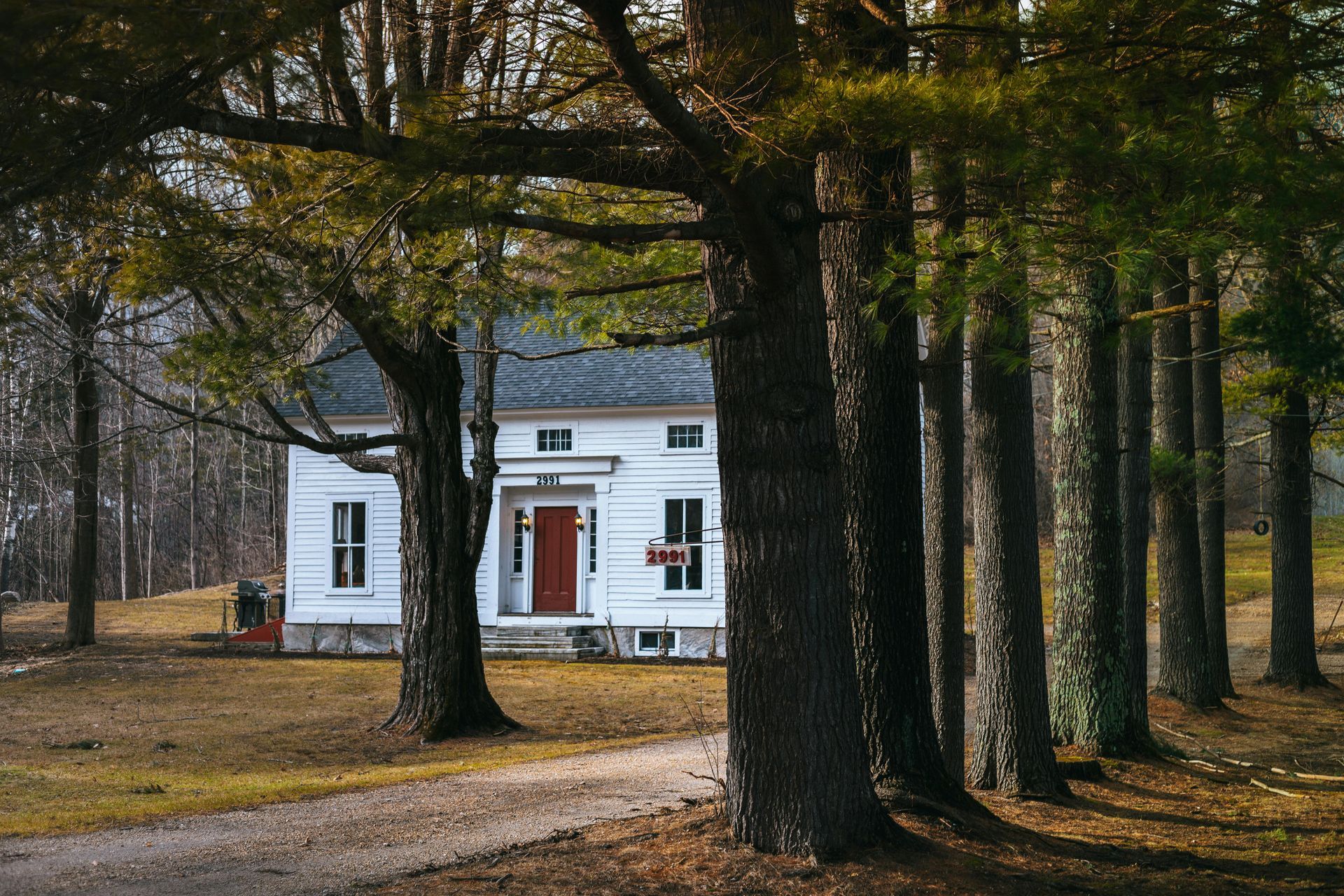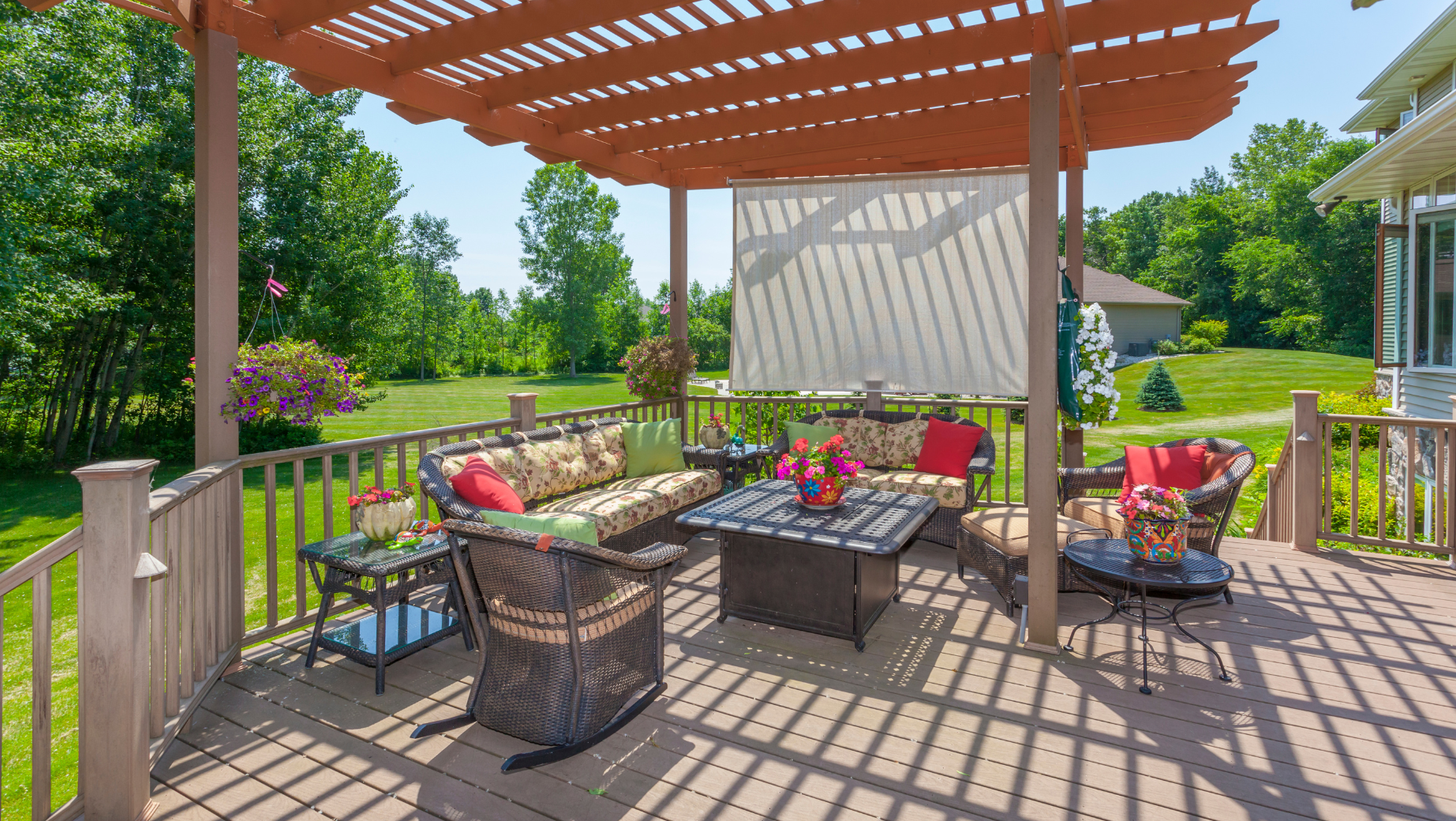Why Cellulose Insulation is a Smart Choice
The thermal protection of a home is essential; controlling durability, cost of operation and homeowner comfort. Fiberglass insulation is the standard bearer. The ubiquitous bales of pink and yellow fiberglass insulate more than 90% of the new homes built in the United States. But homeowners have many good choices. Plastic foams, rock wool, cellulose and even cotton insulation are readily available. Insulation materials come in many forms. They are sprayed, stapled, blown, nailed or simply laid in place. The choices can be difficult to sift, but cellulose insulation passes as a strong contender.
The common standard by which insulation is measured, R-value , is the level of resistance to heat flow. R-value measures conductive resistance – the ability of a material to impede the flow of heat along the continuous chain of matter that makes up a solid material. Most of a home’s heat is typically lost through conduction. Cellulose Insulation is not unusual in this regard. Like many insulation materials, it provides an R-value of approximately R-3.5 per inch of thickness. But, air leakage through cracks, voids, and gaps is important, responsible for approximately one-third of an average home’s heat loss. Cellulose is a superb air-blocker. Heat and comfort are also lost through convection; when drafty currents of air within the house, wall cavities or attics, move heat to other locations. This is technically different from air leakage where the heated air mass is actually expelled from the home. Tightly packed cellulose provides a thermally efficient, cost effective, and comfortable solution.
The Material
Cellulose insulation is safe. It is made of paper, but the chemical treatment provides it with permanent fire resistance. There’s been static generated by the fiberglass industry warning that cellulose could burn. But independent testing confirms it’s safe and cellulose is approved by all building codes. In fact, many professionals consider cellulose to be more fire-safe than fiberglass. This claim rests on the fact that cellulose fibers are more tightly packed, effectively choking wall cavities of combustion air, preventing the spread of fire through framing cavities.
Cellulose is “green.” It’s made of 80% post-consumer recycled newsprint. The fiber is chemically treated with non-toxic borate compounds (20% by weight) to resist fire, insects and mold. The Cellulose Insulation Manufacturers Association (CIMA) claims that insulating a 1500 ft2 house with cellulose will recycle as much newspaper as an individual will consume in 40 years. If all new homes were insulated with cellulose this would remove 3.2 million tons of newsprint from the nation’s waste stream each year. There’s room to grow. Fewer than 10% of the homes built today use cellulose. Cellulose earns “green” points because it requires less energy than fiberglass to manufacture. Disciples claim 200 times less petro-energy than fiberglass. More realistically, Environmental Building News reports that fiberglass requires approximately 8 times more energy to make when adjusted to reflect energy cost per installed R-value unit.
Wet insulation of any stripe is bad. But cellulose is hygroscopic. It’s able to soak and hold liquid water. Undetected leaks can wet cellulose causing it to sag within framing cavities. Water leaks can compress the blanket of fiber and in extreme cases, can create a void space, degrading its thermal value. Another concern is that chemicals used to protect cellulose from fire make it potentially corrosive in wet environments. Tests conducted by the Oak Ridge National Laboratory show chemical treatments used to treat cellulose can cause metal fasteners, plumbing pipes and electrical wires to corrode if left in contact with wet, treated cellulose insulation for extended periods of time.
The fact that R-value of cellulose is slightly better than fiberglass is perhaps a minor issue. Fiberglass batts and cellulose used in walls earn similar conductive ratings between R-3 and R-4 per inch depending on density. And while the low-density fiberglass insulation used in attics rates a much lower R-2.0 per inch – there is typically very little space restriction in attics. So you can simply pile fiberglass deeper to achieve the R-value you need.
Cellulose Insulation provides greater resistance to air leakage and for me this is a biggie. The fiberglass industry points to tests demonstrating air leakage can be controlled with dedicated air-barrier systems. True. Install perfectly continuous sheathing, caulks, gaskets and sealants and you will block air leakage effectively with fiberglass or cellulose. But the simple fact remains: densely packed cellulose blocks air better than fiberglass. Fiberglass relies on trapped air for its insulation value. Cellulose is made from wood fiber and the cellular structure of wood is naturally more resistant to the conduction of heat. When dedicated air-barrier systems are not installed perfectly (which they seldom are), cellulose wins.
The Application
Preparation
Choosing the right insulation material is important. However, the quality of the installation is critical. Efficient insulation systems need thoughtful preparation. Armed with a trusty caulk gun and spray container of insulating foam, seal all penetrations in the structural envelope prior to insulation.
The greatest opportunities for air sealing exist at the top and bottom of the house because the greatest stack pressures exist there. Warm air rises and exhausts most vigorously high in the house. Replacement air infiltrates most forcefully at the lowest levels. Start by sealing air leaks in the attic. Seal around electrical lights, junction boxes, fan housings, pipes, and wires. Be sure to seal where wall plates intersect the attic floor. Seal duct connections and penetrations through the ceiling. Be careful around chimneys. Use a non-flammable sealing material there. Install baffles in each rafter bay at the eaves so you don’t block soffit vents. Leave enough room above the baffles for vent air to pass from soffit vents up into the attic where it can exhaust through the ridge vent system. Repeat this air-sealing strategy in the basement ceiling to block infiltration points. And lastly, when possible, seal the walls.
Seal all gaps in the wall sheathing and framing. Fill narrowly spaced studs and headers. Seal around window, electrical, and plumbing penetrations. Once all leakage points are sealed you are ready to install the cellulose insulation. Cellulose comes in two basic varieties: dry fiber that is blown into open attics and enclosed cavities; damp fiber that is sprayed into open wall cavities.
Blown Cellulose
Blown cellulose insulation can be installed in new or existing structures. It is popular in retrofit applications because existing wall finishes are not removed to install the insulation. It is favored in attic applications because you can blow unrestricted depths of fiber to achieve deep coverage with very little labor.
Blown cellulose is shredded newsprint that is installed with special equipment. Construction-savvy homeowners might be able to install blown cellulose in open attics; not walls or cathedral roofs. You can use blowing machines from rental centers and building material dealers that sell cellulose insulation. But in general, this is a job for pros. On paper the application is simple. Dry cellulose fiber is blown through a hose into open attics or into enclosed wall, floor or cathedral-roof framing cavities.
Two people are required to run the equipment. One person feeds dry fiber into a hopper; breaking up clumps of cellulose as it is passes into the blowing system. The hopper and blower can be located inside or outside the house. The other person operates a hose that is attached to the blower and extends to the locations where insulation will be deposited. The ratio of air to fiber is adjustable and with some experimenting the right balance is struck. A 3-inch diameter flexible hose is typically used to blow fiber into open attics. If an attic floor is already installed, remove some of the boards or drill holes at strategic locations to fill the floor cavities with insulation. If the floor cavities are already filled, blow an additional layer of cellulose directly over the floor sheathing to improve the level of protection. The job is dusty and wearing a mask is required.
Blowing fiber into enclosed wall and cathedral framing cavities is different. Here a smaller 1- or 2-inch diameter fill tube is attached to the end of the larger hose. The fill tube is inserted into enclosed cavities through a series of strategically placed holes. The general idea is to drill a series of 2-inch holes horizontally across the structural surface so that the holes are centered in each framing cavity. One or more holes per framing bay are required depending on the length of the framing cavity and the applicator’s fill technique.
Filling walls and cathedral roofs from the outside is the typical practice. Pieces of siding or roofing are removed, holes drilled and insulation fill tubes inserted. Air pressure is cranked up for cavity-fill applications to provide a more densely packed injection called dense-pack cellulose. The narrow fill tube is inserted into the holes and pushed to within a foot of the far end of the enclosed cavity as the blowing begins. When the packed insulation becomes dense enough to stall the blower, the hose is backed out a bit. The blower gears up and filling resumes. The process is repeated until the framing cavity is filled. Then jump over to the hole(s) in the adjacent cavity. The injected fiber compacts tightly around wires, plumbing, and other penetrations providing an airtight insulating blanket with a slightly elevated R-value approaching R-4 per inch. The holes are plugged and the siding and roof covering is patched or reinstalled when the blowing is completed.
Cellulose Insulation can be blown into wall or cathedral roof cavities from the inside as well. Remove interior trim, drill – or simply drill holes through the interior drywall surface – and blow. Replace trim and patch the holes after the cavities are filled. In new construction, walls must be enclosed with fiber-reinforced plastic sheeting or drywall before cellulose can be blown into the framing. The plastic sheeting doubles as a vapor barrier. Choose whichever strategy makes the most sense for your situation.
If you have a home that was insulated years ago with inadequate levels of insulation, you are not out of luck. Skilled cellulose professionals can snake fill tubes into a wall already filled with fiberglass batts. The installer fills the cavities with dense-pack cellulose in a way that crushes the existing insulation without balling up the batts, achieving a full uniform application of the new cellulose fiber. The goal on any application is to assure complete coverage that is installed at a density that will not settle over time.
Sprayed CelluloseBlown cellulose is a great option for attics and retrofit applications where the dry fiber can be supported by an attic floor or enclosed wall cavity. But damp-sprayed cellulose provides an effective solution for open wall cavities in new construction.
Dampened cellulose is a sticky material. It is sprayed directly into open wall cavities between the studs, right against the exterior sheathing, where it stays put. It provides a solid, airtight and completely filled wall cavity. The basic cellulose fiber used in the sprayed application is the same as that used in the blown application: recycled newsprint with chemical additives. The difference is that sprayed cellulose is dampened with water and sometimes a little adhesive is blended into the mix.
Dry cellulose fiber is blown from a machine through a 2 1/2-inch hose much like its dry-blown counterpart. However, a water hose with high-pressure nozzle resembling a pressure washer is attached to the end of the fill hose. It sprays the fiber with a mist of water as it is fired from the hose. The spray dampens the surface of wall cavity at the same time to provide a sticky contact bond between the framing materials and the insulating fiber. The flow of water is adjusted by the applicator to establish an important balance. The fiber must be damp enough to stick permanently to the wall, yet not so wet to cause moisture problems. The damp fiber is shot until the wall cavities are overfilled, just proud of the wall thickness. The overfilled walls are then scraped flat to match the exact thickness of the wall framing using a rotating brush called a scrubber.
Adding moisture to the wall cavity of homes is a touchy subject. One the fiberglass industry likes to promote as dangerous to structural and human health. The truth is a bad application can be dangerous and ineffective. An inexperienced applicator can introduce an unsafe level of water into a wall system. Mold, mildew and even rot can result. On the other hand, skilled applicators achieve an effective and safe balance of moisture-to-fiber and provide a superb insulation system. A target of approximately 30% moisture content by weight is appropriate. Freshly sprayed cellulose should feel damp, but you should not be able to squeeze water out of a handful if you tried.
As the sprayed cellulose insulation dries it stiffens and is very resistant to settling. Sprayed walls should be left open until the Moisture Content (MC) of the fiber drops below 25%. This normally requires a 2-day drying out period depending on the climatic conditions. The installer should check the MC using a moisture meter to assure the fiber is dry before authorizing a close-in of the walls.
Sprayed cellulose is not all roses. An entire house can be insulated in one day, but it will be a very messy day. The inside of the house will resemble a combination of mid-winter blizzard and coastal fog. Windows, doors, and electrical boxes must be protected with plastic sheeting and tape prior to installation. Blowing fibers irritate the respiratory tract and eyes so a protective mask and goggles are a must. A sea of waste fiber must be vacuumed and shoveled on an ongoing basis. Spraying damp cellulose during freezing conditions is rough on equipment and drying time can drag to a crawl. And while priced competitively, it will cost a few hundred dollars more than fiberglass batt insulation. But the upside is worthy.
Sprayed cellulose is an eco-friendly material that is installed at a high density. Coverage is complete. There are no voids in the walls. All wire and plumbing penetrations are automatically and completely sealed. A professionally installed application is airtight, comfortable, energy efficient, and safe. There are fewer thermal short circuits and virtually no convective currents within the wall cavities. On the whole, customers report a less drafty, more comfortable living experience. As a bonus, many people think the superior air-tightness and absorptive qualities of sprayed cellulose provides a quieter indoor environment.
By Paul Fisette – © 2005
* Dense-pack cellulose R-value provided by US Housing and Urban Development (HUD) ToolBase Services
Information found at:
http://bct.eco.umass.edu
